
Choose Your Language:
Posted by: The Sumaira Foundation in NMO, Patient, Voices of NMO
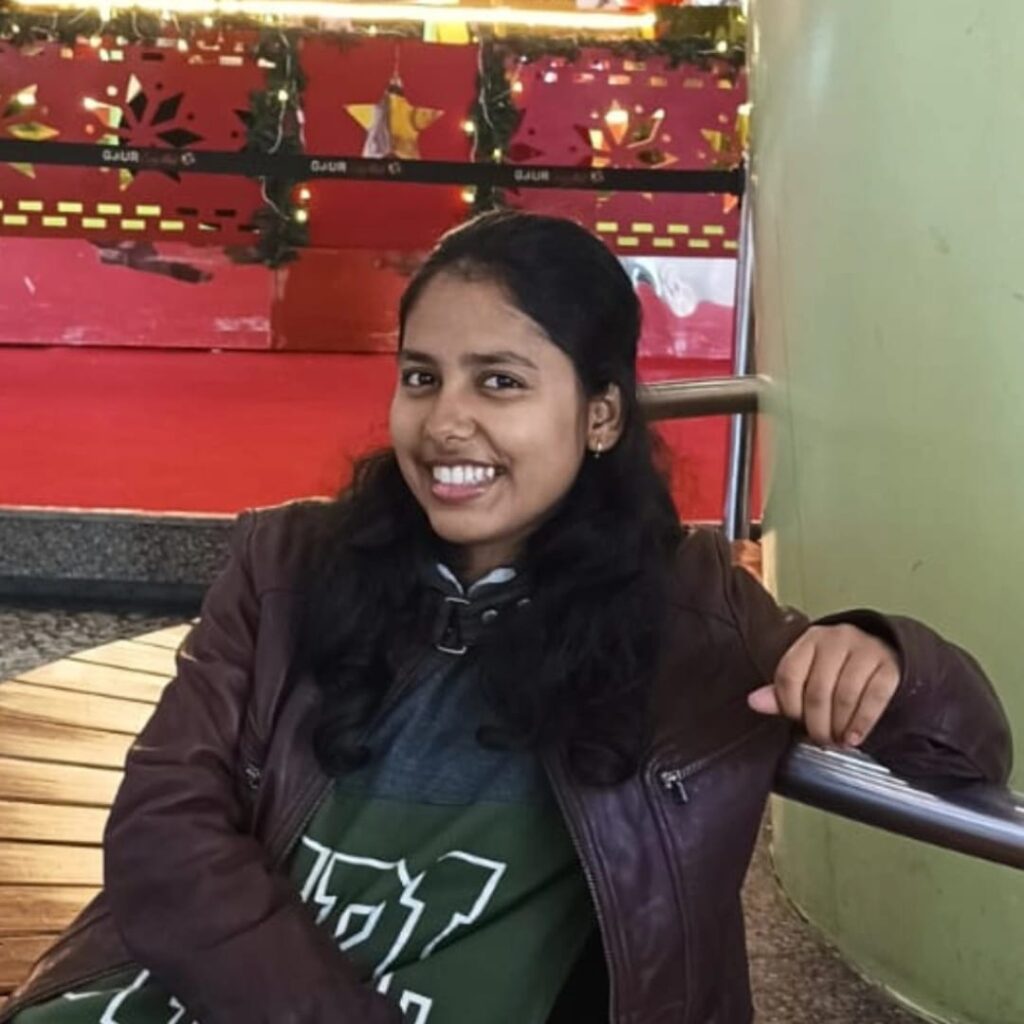
My name is Rashmi and I have been living with NMOSD since 2015. I’m sharing my story with all of its ups and downs, tears and smiles, but most importantly, my belief in myself to never give up.
In April 2015, at the beginning of my 7th standard, I suddenly found myself unable to write properly with my right hand and had difficulty walking with my right leg. A few days later, I realized I could no longer see anything from my right eye. We rushed to the doctor, and after several blood tests, I was diagnosed with NMOSD for the first time.
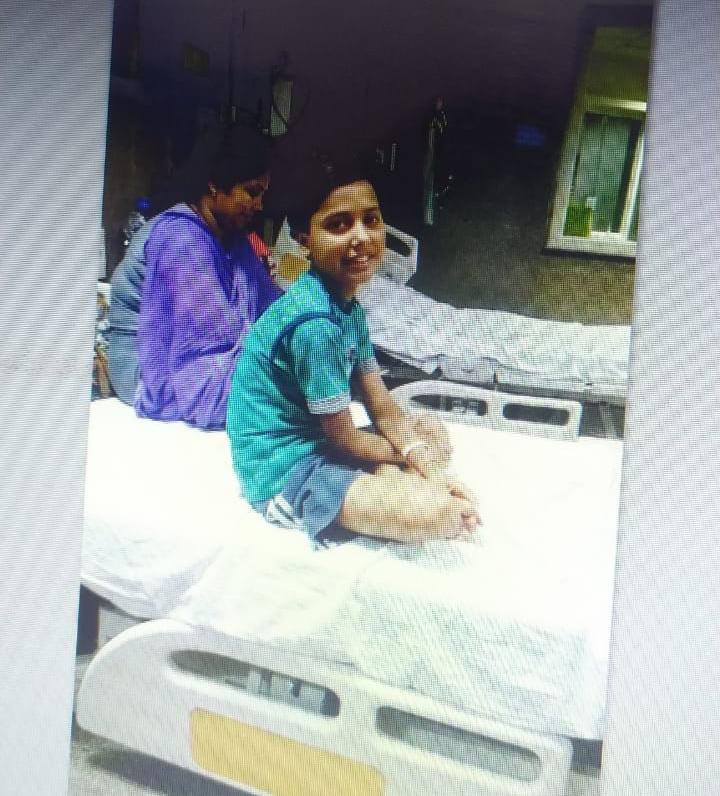
At 11 years old, I wasn’t afraid of hearing about this rare disease. In fact, I was excited to be admitted to the hospital and fascinated by the medical tools. I had no idea how unpredictable my future would become.
Luckily, I received treatment on time and recovered within a few weeks, although I lost some eyesight during that relapse. My vision changed to 6/6 in my left eye and 6/18 (from 6/36) in my right eye. The treatment involved five days of steroids followed by a month of methylprednisolone tablets. I was introduced to medical procedures like cannulas, X-rays, MRIs, and multiple blood tests—some of which were scary, yet adventurous.
Two months later, during my summer break, I completely lost vision in my right eye again. With the same treatment, I recovered, regaining my previous eyesight. By then, I had accepted that monthly doctor visits and multivitamins had become my new normal.
For the first time, I underwent a CSF test, which was terrifying. However, some tests fascinated me, like pressing a button whenever I saw a star inside a machine or focusing on a single dot inside a chessboard-patterned screen.
My family remained my biggest strength, giving me the courage to face every obstacle. With their support, I learned to balance my emotions, crying through the difficult moments but smiling through them as well.
After confirming NMOSD through my CSF and AQP4 blood tests, the doctors reassured me that it was not MS (multiple sclerosis).
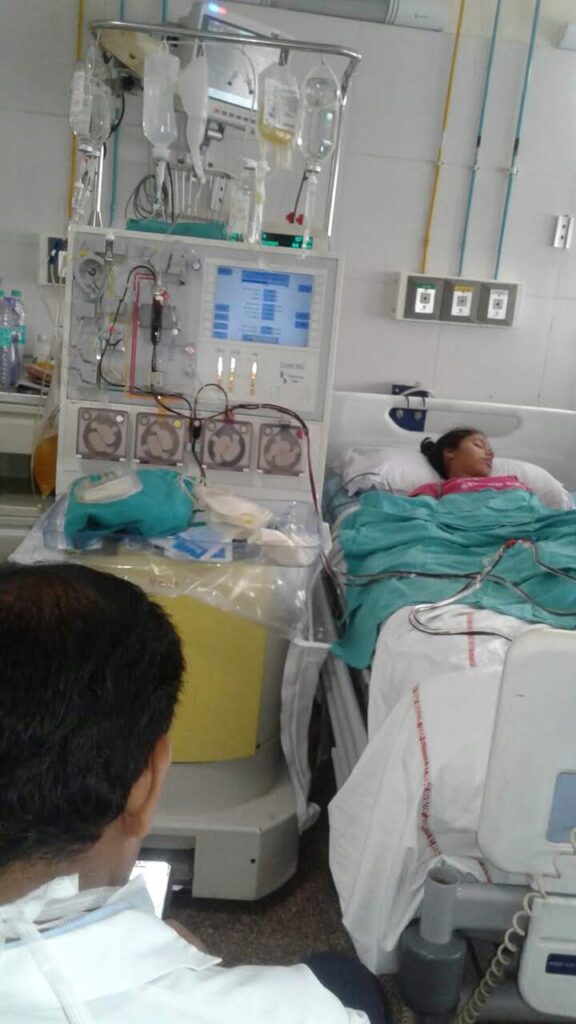
In September 2016, while in the 8th standard and preparing for my exams, my vision became blurry again. Bright lights looked dim, and I soon realized I couldn’t see from my left eye. We rushed to the hospital once more, and the doctors confirmed another attack.
This time, my entire world looked dull because I had lost vision in my left eye while already having low vision in my right. Fortunately, I was lucky—I regained complete vision in my left eye and could see the beautiful world again.
Despite these relapses, I didn’t feel different from a normal person. I had no mobility issues, and the only change was sitting in the front seats of my class due to my low vision—something common for nerdy students like me. Wearing glasses even felt cool.
That relapse made me grateful to God for giving me my sight back.
After multiple relapses, my parents decided to seek better treatment at AIIMS (All India Institute of Medical Sciences). They conducted all tests again from scratch—blood tests, B-cell tests, MRIs and TPMT tests.
By then, all three of my relapses had been optic neuritis. The doctors suggested immunosuppressant Azathioprine as a preventive measure since NMOSD has no cure, only preventive treatments.
From 2016 to 2019, I took Azathioprine along with calcium and multivitamins. Routine blood tests (CBC, LFT, KFT) were done every three months, later every six months. This became my new normal. Sometimes, I felt sad missing school events due to appointments, but I learned to accept it.
In the 10th standard, I worked hard, had many sleepless nights and topped my school. I was excited for a bright future, preparing for competitive exams with multiple coaching classes. Teachers praised my dedication, and I believed I was finally on my way to achieving my dreams.
But fate had other plans.
One day, I had a fever and infection, but I continued my routine as usual. I even went cycling the day before the disaster struck. Suddenly, my health worsened—I couldn’t walk, lost control over my lower limbs, and couldn’t hold my urine. An MRI confirmed another relapse. We rushed to AIIMS.
This time, I was terrified. I was paralyzed below the waist, unable to hold my bladder, and felt a tight, numbing sensation moving upward.
For the first time, NMOSD truly scared me.
I arrived at the hospital on a stretcher, watching people walking on the streets and praying that I could walk again. Everything seemed shattered. My family and I cried and prayed for my recovery.
The initial treatments didn’t work, so doctors performed five cycles of plasmapheresis. When there was still little improvement, they switched my medication from Azathioprine to Rituximab.
My doctor initially suspected I had missed my medicines, but my mother insisted I had taken them consistently. Despite the scolding, I knew I had done my best.
Those hospital days were the toughest. I couldn’t eat, move, or do anything by myself. But looking at my family, I refused to give up. I strengthened my willpower and told myself:
“Rashmi, you will be fine one day. Just believe in yourself.” That was the moment I created my personal tagline: #FirmFaithToFight.
After 18 days in the hospital, I walked out—standing on my own. It was the best gift I ever received from God.
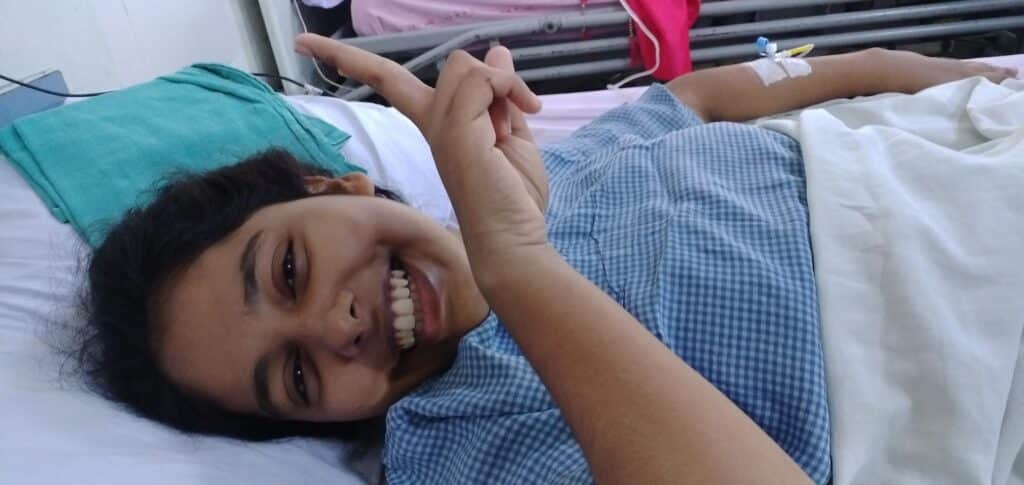
Through this journey, I learned self-love and the power of gratitude. I started seeing positivity in everything. These struggles taught me that after every dark night, there is a sunrise.
My family was my greatest strength. They reminded me that even if some things never returned to normal, I could still live my life to the fullest.
My current medications include Rituximab (for one year), followed by Azathioprine, Wysolone, calcium, and multivitamins. MRI and B-cell tests are done periodically to monitor my condition. However, due to prolonged medication use, my immunity is weaker, making infections worse.
In 2021, I suffered from an uncontrollable viral fever. In 2023, a food infection turned into a brain infection, leading to a month-long hospital stay. I experienced convulsions, lost my ability to speak for two days, and had slurred speech. I also couldn’t walk for some time and had to be on a nasogastric tube for three days.
Now, I take Azathioprine, Levepril, calcium and Wysolone to manage my condition.
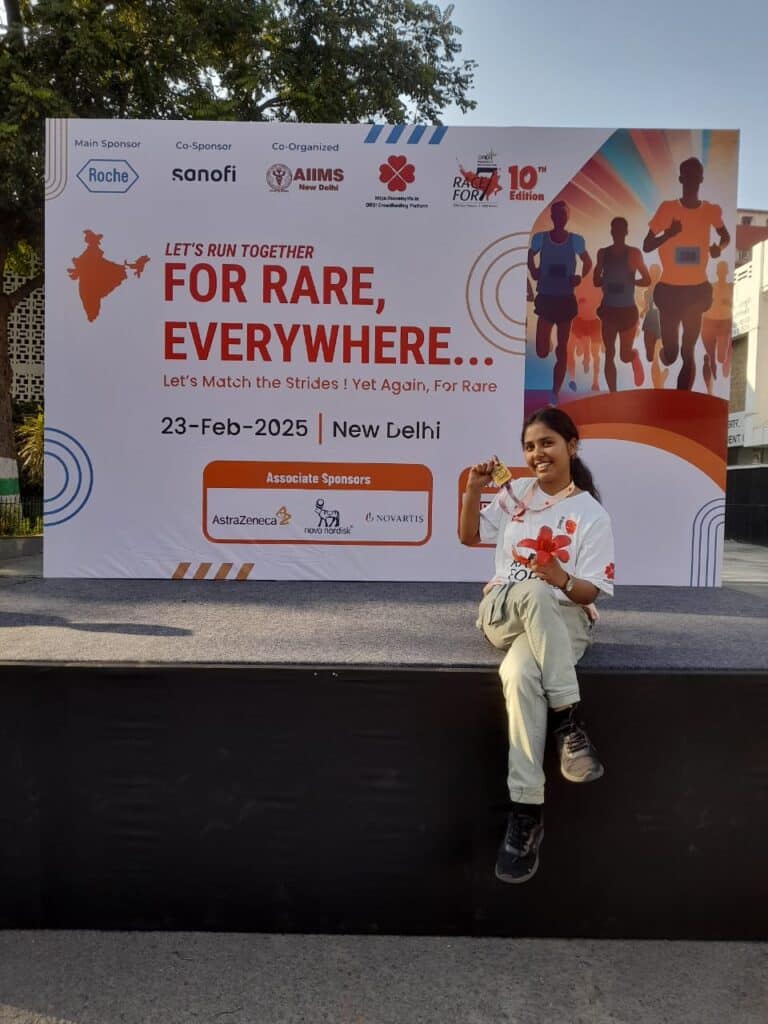
After recovering from paralysis in 2019, I thought I would never regain my sporty spirit. I would only run to participate in events where it was compulsory, and even though I topped those races but from the last hehe. But this year, on completing 10 years of living with NMOSD, I ran 7 km for my rare disease. And I learnt that sometimes, there is no need to be a topper as the finisher is the big reward we can give ourselves. That was my biggest achievement—it gave back my spirit and proved that I am stronger than I was earlier.
No, my story is never-ending. NMOSD hasn’t stopped me from dreaming. While it constantly reminds me that I am different, I know my body best. I cherish every emotion and take on challenges while prioritizing my physical and mental well-being.
I will continue to fight—because I have #FirmFaithToFight.